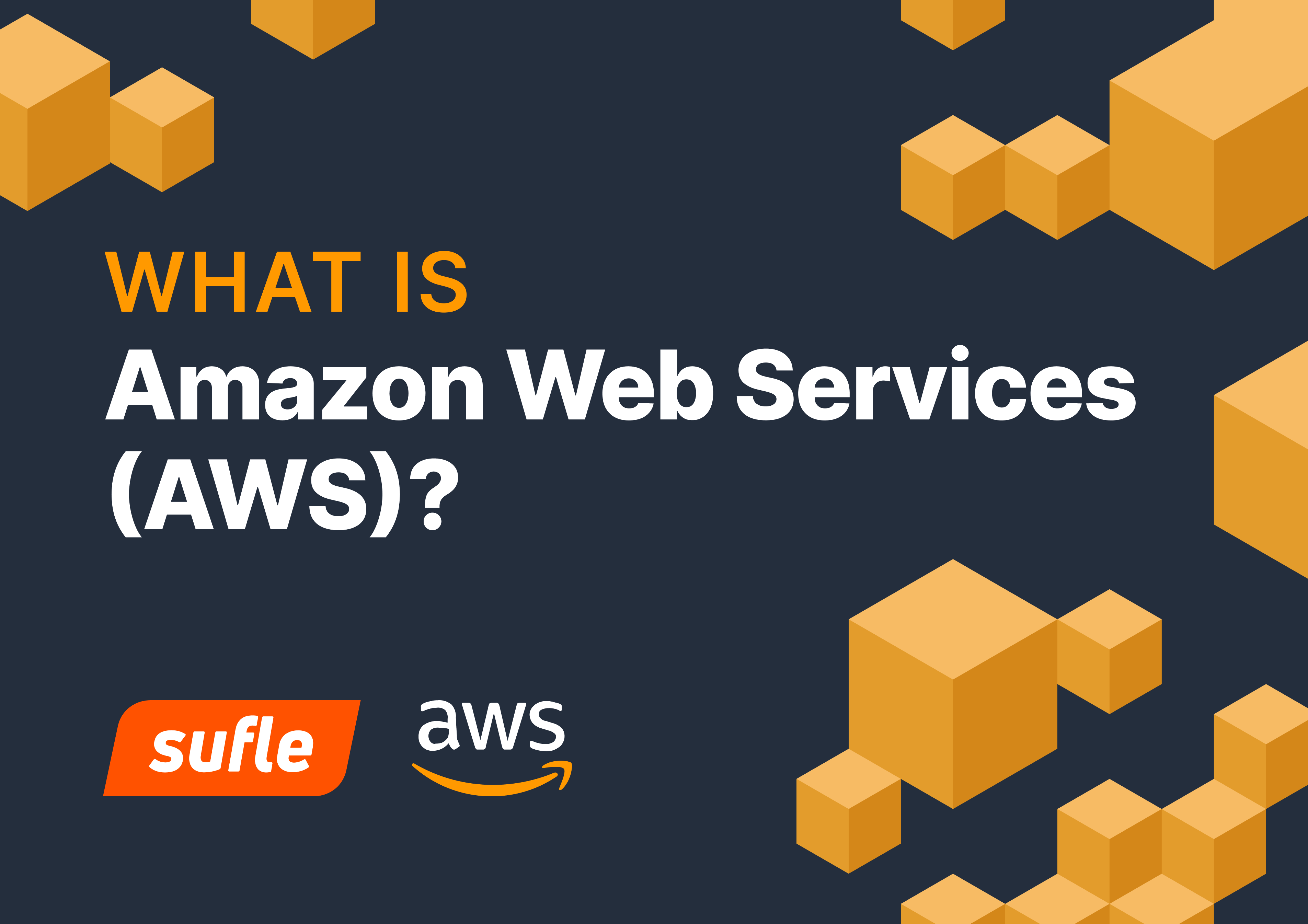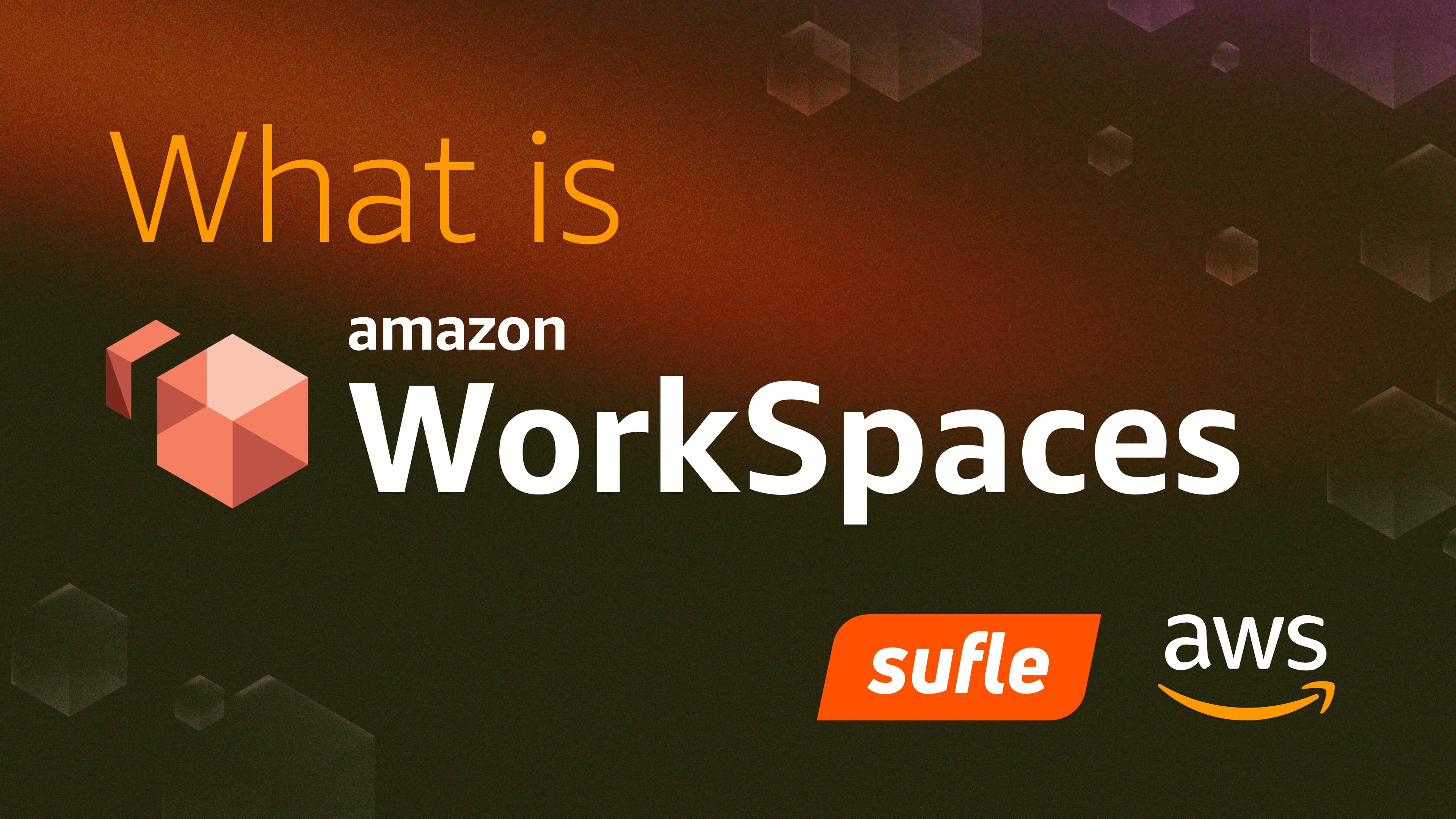Serverless is one of the expanding technological approaches that helps businesses to realize the benefits of cloud even more with increased agility and flexibility. To put it simply, serverless is a way of building and running applications in the cloud without managing the servers. Yes, there are still actual servers that your applications run on, but you have zero server responsibility: it is serverless from your side.
Cloud computing revolutionized the IT landscape, and it certainly continues to add more and more convenience for businesses to run their operations. So far, we have witnessed the transition from on-premise business owned or third party hosted servers to web-based servers in cloud, and various offerings for organizations to ease their IT operations such as IaaS or PaaS. However, even though Infrastructure as a Service or Platform as a Service enables companies to manage their resources more efficiently, the infrastructure management is still complex, time consuming and labor-intensive as you scale. This is where serverless comes in: with serverless architectures, infrastructure management including server and cluster provisioning, capacity planning, operating system maintenance, patches, updates and anything else is up to the cloud provider.
Serverless technologies include various aspects of organizational IT infrastructure management. Although it is popularly associated with event-driven development functions, serverless is actually a way to deploy and maintain your applications throughout their lifecycle. Let’s start with AWS Lambda, which enables you to leverage modern compute services by handling the underlying infrastructure needs of your applications with event triggers. You can leverage the serverless architectures for your business applications of any type or utilize serverless as a backend service for your specific applications. Here, serverless technologies enable you to adapt Function as a Service and event-based approach for code execution and achieve greater performance through simplicity.
On the other hand, shifting the operational and technical responsibilities of the infrastructure to the cloud providers also comes handy to manage the backend of your applications as a Backend as a Service approach with serverless. You can utilize managed services for your serverless applications or microservices such as purpose built database services or microservices managing platforms to reduce your operational overheads and effort even further.
AWS provides a broad range of managed services for serverless technologies and container management, namely AWS namely Amazon ECS, Amazon EKS and AWS Fargate. All these services help you reduce the complexity and effort associated with managing your containers and containerized applications by eliminating the need for infrastructure management as well. Either way, going serverless helps you achieve greater agility, simplicity, availability and cost savings.
Serverless architectures help you gain agility to deploy your applications a lot faster than before. Developers don’t have to worry about launching servers and deciding on server capabilities for their applications. All they need to do is write their code and improve the application itself without worrying about the backend. This generates a huge competitive advantage in terms of flexibility and helps businesses to act faster in the face of changing market needs. Consider a large enterprise responding to the pandemic conditions for improved customer experience such as adding online features or a startup business pivoting their application features based on market feedback: serverless architectures help businesses focus and work on these decisions faster rather than managing the servers.
Serverless applications are charged on the consistent throughput or execution duration of the code. The infrastructure resources are allocated to the code when an event triggers the code and you aren’t charged after the time when the execution is complete. In this way, you don’t have to launch and pay for the running server units on-premise or in the cloud, instead you just use a server right when you need it and only pay for that used computing time. Pay-as-you-go computing time and costless idle server time might mean huge amounts of cost savings based on your applications and business model.
As we are familiar with the auto-scalable structures in the cloud, your serverless application can also be automatically scaled when you need. However, the next level of scalability in serverless architecture is as follows: your application resources can also be scaled through consumption adjustments such as throughput or memory. This way, you can leverage both horizontal and vertical scaling based on your needs.
What is more is that you don’t have to ensure the availability of your application and the uptime. Availability and fault tolerance becomes the responsibility of the cloud providers since they are fully responsible for the infrastructure management. Let it be your core application components or the new service features you just add, the cloud provider handles the needed infrastructure resources by default with built-in availability and fault tolerance.
If you are a developer, you know that it does not matter to the end users how perfect the backend of your application is, they only look for the high performance and experience. Serverless architectures help businesses to reduce the operational burden of infrastructure and backend management. This way, developers can allocate their time and resources to improve the frontend of their applications, add value to the product and increase value. Serverless technologies help developers to focus on their code without worrying about the required resources and capabilities of the underlying infrastructure. That being said, serverless architecture also helps your operations teams to set the standards for software deployment, security, networking and etc. and reduces the gaps between development and operation teams and priorities.
When you go serverless, your application code can be run anywhere in the world, since your application doesn’t have allocated servers anymore. If there are no origin servers, what about the latency issues? With serverless technologies, you can deploy your serverless applications at the globally distributed edge locations. For instance, AWS’ global footprint enables businesses to reach the distributed points of presence of edge server locations to run their Lambda functions with Amazon Cloudfront’s Lambda@Edge feature. While AWS Lambda helps businesses to deploy their applications in specific regions, using Lambda@Edge enables them to run their application codes at the nearest edge location where the event is originally triggered. The result? Improved latency, increased speed and happier end users.
Interested in going serverless and leveraging best technologies to achieve greater agility and full benefits of cloud? Book an Appointment now to start building your serverless strategy!
A fresh new graduate and specializing in marketing, Deniz is excited to learn and share her knowledge on business technologies and technology culture. With her experience in technology companies during her school years, she is always excited to learn more about how technology transforms businesses.
We use cookies to offer you a better experience.
We use cookies to offer you a better experience with personalized content.
Cookies are small files that are sent to and stored in your computer by the websites you visit. Next time you visit the site, your browser will read the cookie and relay the information back to the website or element that originally set the cookie.
Cookies allow us to recognize you automatically whenever you visit our site so that we can personalize your experience and provide you with better service.


